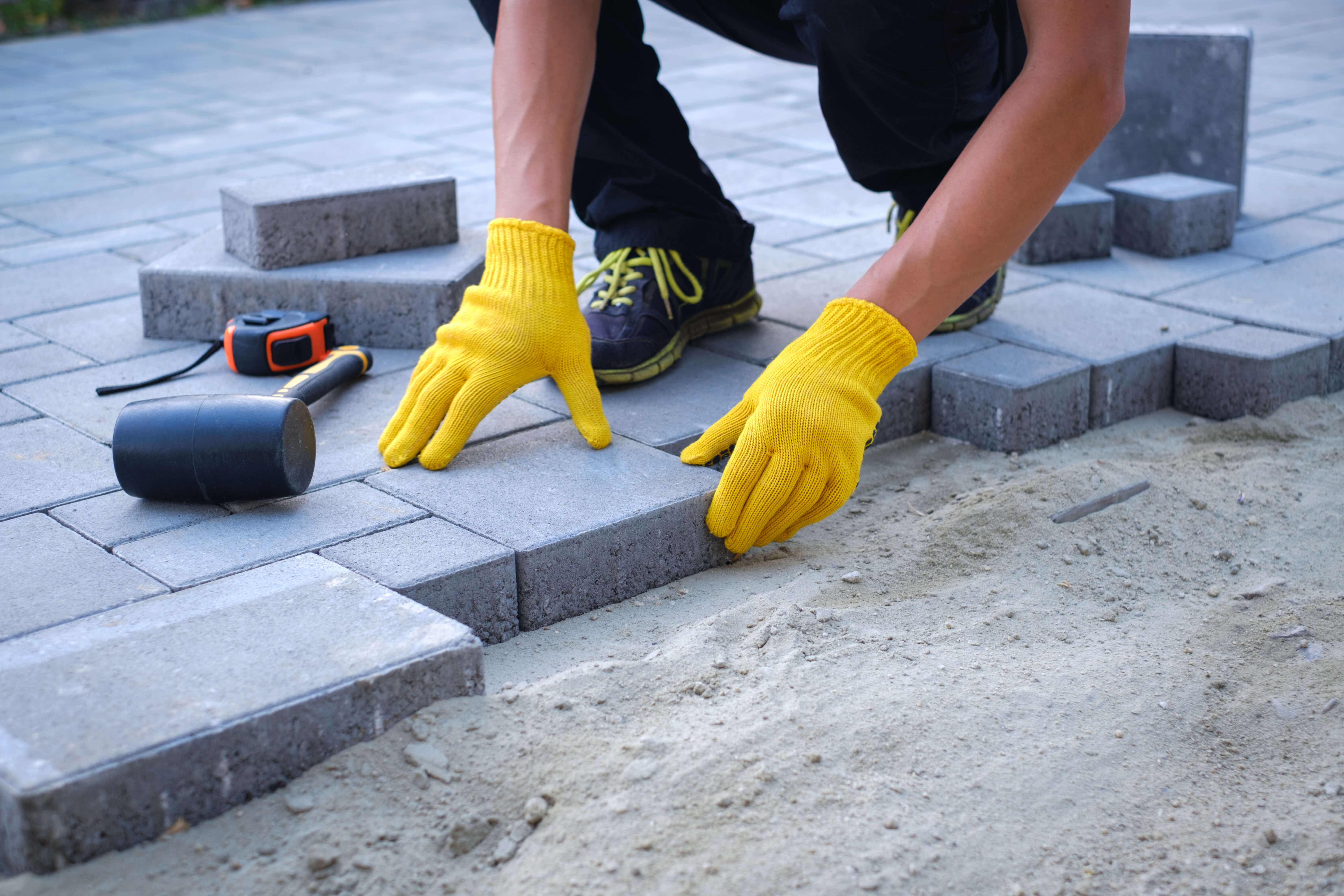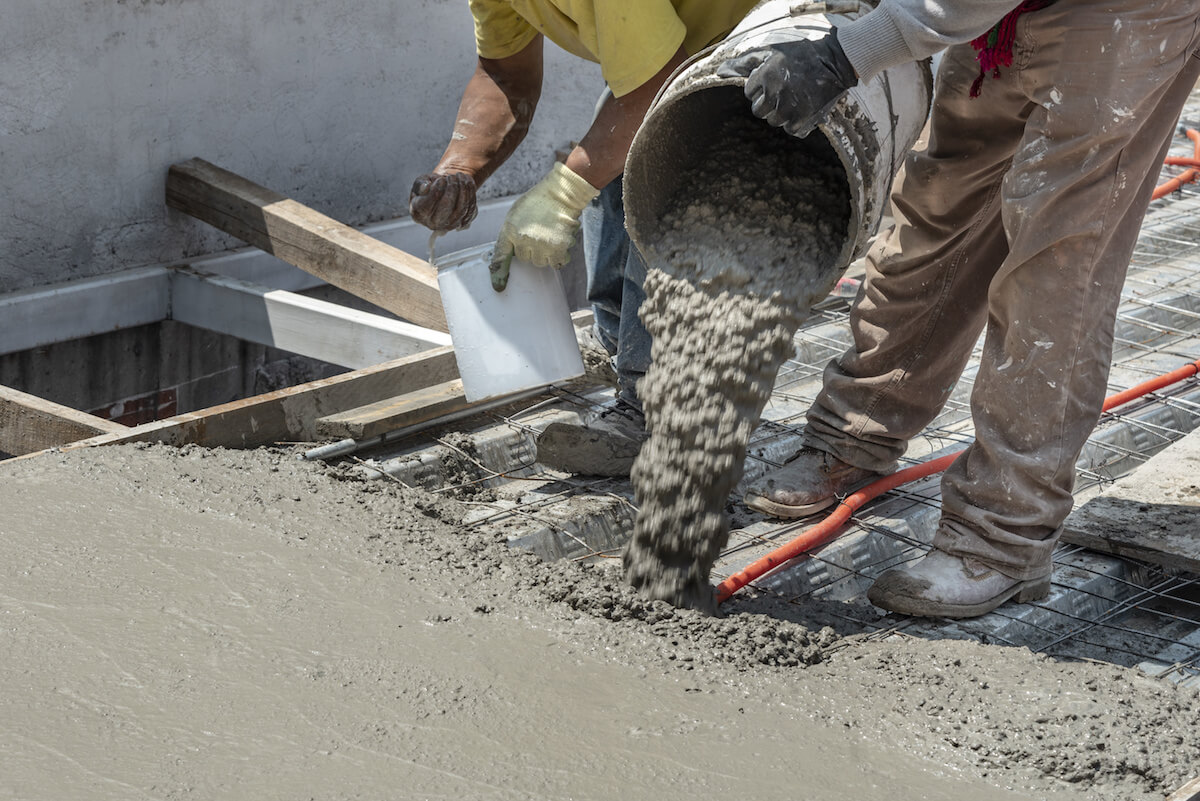Flexibility with concrete
The words ‘concrete’ and ‘flexible’ aren’t two you’d imagine go together. But concrete has a lot of versatility, making it a popular choice in construction, design and even art.
Shape-shifting
Wood is all angles and sharp corners. Trades need to use loud machine tools to get the wood the way they want it to look. Concrete does require effort during the mixing process, but once it’s poured it’s easy to shape, mould. or scoop.
Damage-proof (mostly)
Unless Superman or The Hulk is around wanting to show off their strength, concrete will withstand plenty of punishment.
That’s not to say, though, that all concrete is equal. Different blends will withstand different amounts of pressure and the contractor/builder will give their recommendation on what to use. 3500 psi blends withstand everyday foot traffic and are commonly used in houses and commercial building floors. Vehicular traffic is another matter. Concreters will only use 5000 psi mixes or above in warehouses, public buildings where machines drive across the floor, and even airport hangars.
The concrete isn’t strong enough, though, on its own. To ‘toughen it up’, steel bars (rebar) get laid first before the slab is poured. The rebar holds strong against vibrations, adding to the slab’s tensile strength. It also acts as a frame, especially when the concrete is an ‘unusual’ shape or standing vertically.
Creative control
Concrete is known to feature in art installations. Artists can make moulds and pour the concrete in, or carve a sculpture out of a slab. In schools and homes, children take to the concrete with chalk to make drawings.
You don’t have to leave your concrete grey, either. Homeowners can choose from among lots of options around colours. They can also ask for a pattern to get stamped in so the final product mimics tiles, wood, or even marble.









